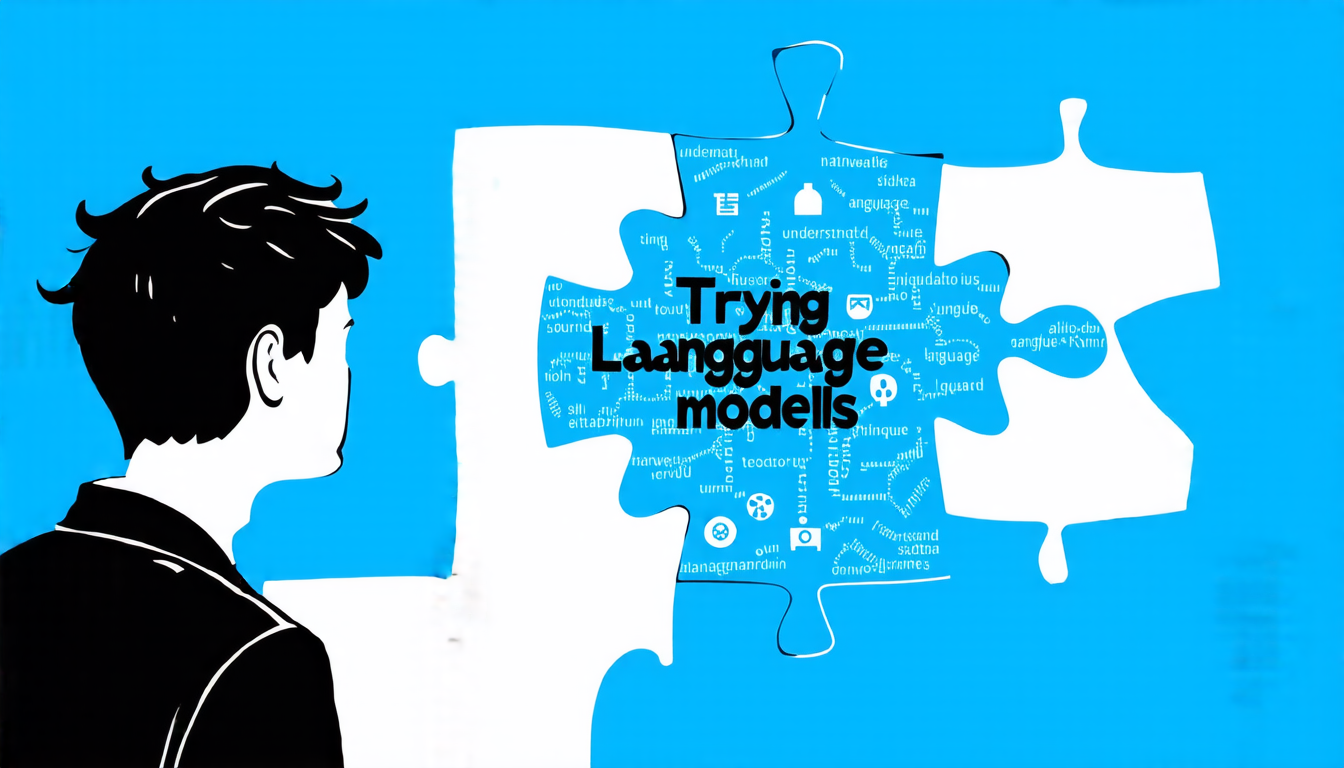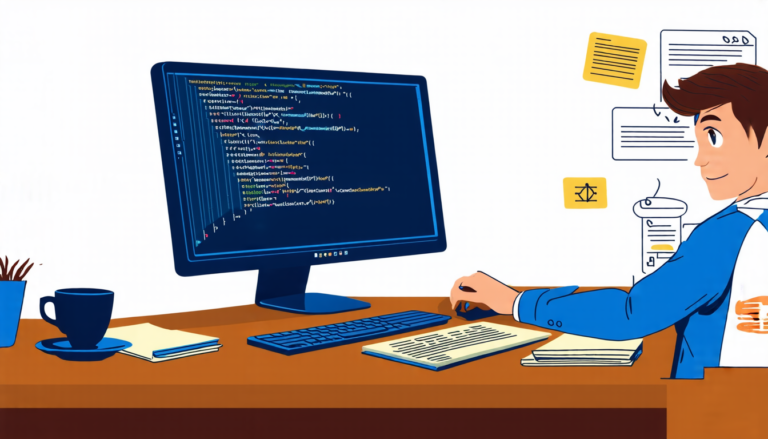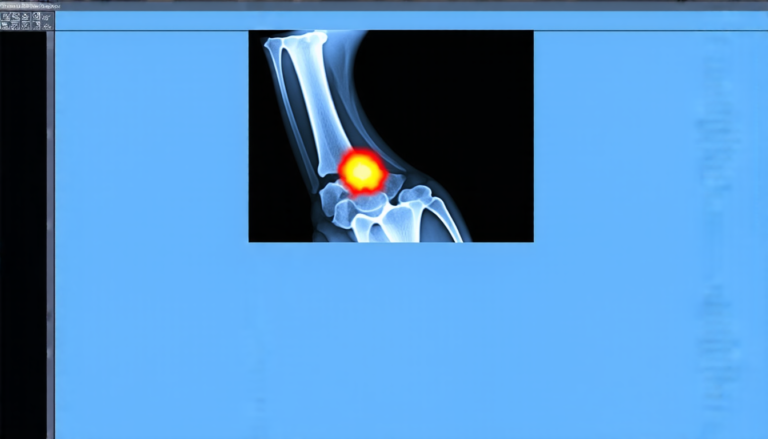Saturday 03 May 2025
The quest for understanding language models has taken a significant step forward, thanks to a new visual analytics tool that allows researchers to probe the intricate workings of these complex systems.
Language models are designed to generate human-like text based on patterns learned from vast amounts of data. But despite their impressive capabilities, they remain shrouded in mystery, with even their creators struggling to fully comprehend how they arrive at certain conclusions or predictions.
Enter LayerFlow, a novel visual analytics workspace that aims to shed light on the inner workings of language models by providing an interactive and intuitive way to explore their embeddings – the vector representations of words and phrases used to generate text.
Traditionally, researchers have relied on static visualizations, such as scatterplots or dimensionality reduction techniques, to gain insights into these complex systems. However, these approaches can be limited in their ability to convey the subtleties and nuances of language model behavior.
LayerFlow addresses this limitation by presenting embeddings in an interlinked projection design that communicates the transformation, representation, and interpretation uncertainty inherent in the processing pipeline. By doing so, it offers a more comprehensive understanding of how language models generate text and make predictions.
The tool is designed to be user-friendly, allowing researchers to explore the properties of contextual word embeddings and visualize the relationships between words and phrases at different levels of granularity. This enables users to identify patterns and trends that may have gone unnoticed using traditional visualization methods.
One key benefit of LayerFlow is its ability to highlight potential data distortions and uncertainties, which can be critical in applications where language models are used to make decisions or inform policy. By providing a more transparent view into the inner workings of these systems, researchers and developers can better understand their limitations and biases, ultimately leading to more reliable and accurate outcomes.
The implications of LayerFlow extend beyond the realm of natural language processing, as it has the potential to shed light on other complex systems that rely heavily on data-driven decision making. As such, this innovative tool represents a significant step forward in our ability to understand and interpret complex data, with far-reaching consequences for fields such as medicine, finance, and social sciences.
In short, LayerFlow offers a powerful new tool for exploring the intricacies of language models, providing researchers with a deeper understanding of these complex systems and their many applications.
Cite this article: “LayerFlow: A Visual Analytics Tool to Unravel the Mysteries of Language Models”, The Science Archive, 2025.
Language Models, Natural Language Processing, Visual Analytics, Embeddings, Vector Representations, Text Generation, Predictions, Uncertainty, Data Distortions, Complex Systems.







